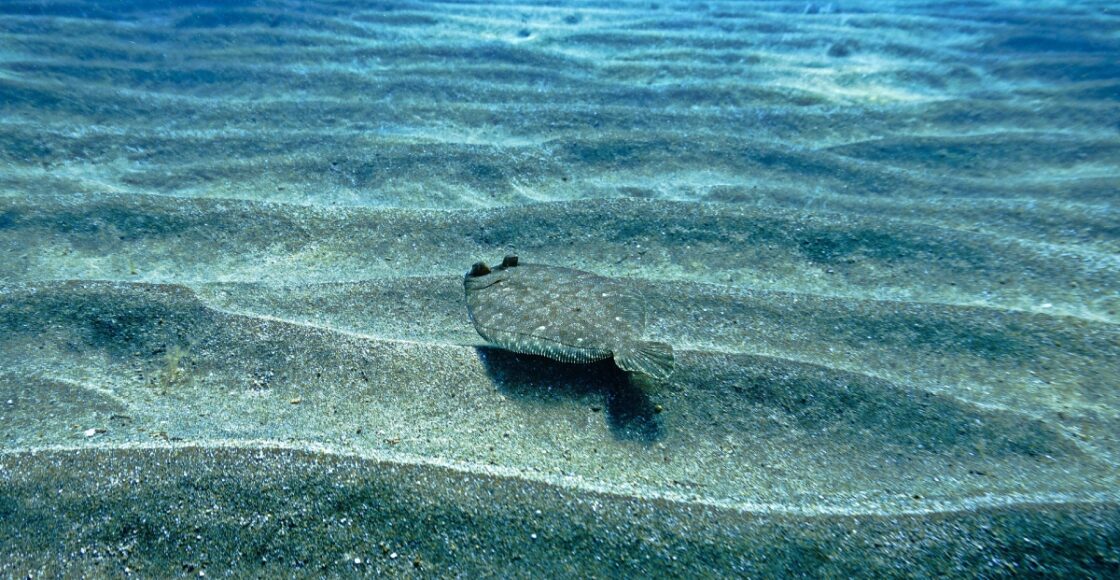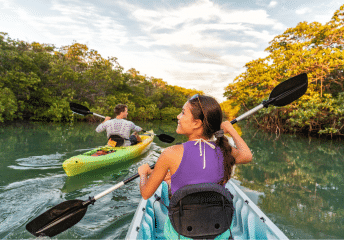Flounder Fishing in Florida
Last Updated on October 23, 2024 by Boatsetter Team
Those flatfish may look a bit odd, but they strike with vigor, fight hard, and taste great.
Flounder are some of the strangest looking fish in the sea, but talk to anyone who enjoys inshore fishing and they’re likely to tell you how much they love catching flatties. And angler or not, it’s hard to find anyone who doesn’t appreciate their appeal on the dinner plate. Lucky for us, there’s some great flounder fishing in Florida—if you know where to find them and how to catch ‘em.
Where to Catch Flounder in Florida
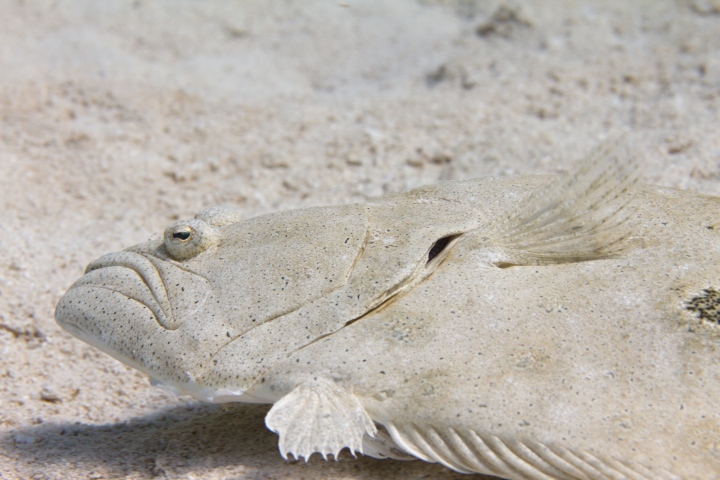
Flounder live in the ocean and coastal bays, with the majority of the action for anglers taking place in the bays and especially inlets and passes. These areas usually have strong currents and sharp drop-offs or channel edges, two things that flounder seek out when they’re ready to feed. Just about any inlet or pass along either the Gulf or Atlantic coasts can hold fish. Those with rocky inlets are often good, and inlets with bridges tend to have solid action around the bridge pilings.
While you may find flounder in an inlet or pass at just about any time of year, as a general rule of thumb spring and summer are your best bets. Most of the fish will migrate into the bays in spring, and out to the ocean in fall. Naturally, to get from one to the other they have to go through the passes and inlets, concentrating large numbers of fish into relatively small areas. This is your best chance to enjoy fast action on fish after fish.
One crucial detail to keep in mind when looking for where to catch flounder in Florida is the tide. Flounder can be caught in all depths, but as a rule of thumb they tend to move shallower as the tide rises and move deeper as the tide falls. So, on a high tide try casting around close to banks, creek mouths, and shallow flats. But on a low tide, look for the fish along channel edges and on the deep side of drop-offs.
How to Catch Flounder in Florida
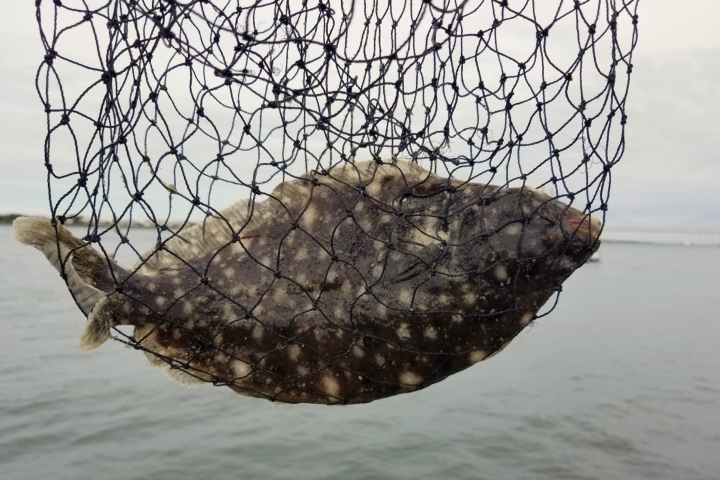
You can go after flounder with either bait or lures. For bait, cut squid or live baitfish like finger mullet or mud minnow will do the trick. Some anglers opt for both, putting a strip of squid on the same hook as a live baitfish. These are commonly threaded onto a fishfinder rig or a jig head. In either case, it’s critical to keep that bait down on the bottom. As opposed to laying there, flounder swim around a lot more than many people think. But even so, they’re almost always close to bottom and rarely more than a few feet above it.
Another option is to fish artificials, usually a scented soft plastic threaded on a jig head. A four- to five-inch curly-tail grub, paddle-tails, and “swimming shad” style tails will all work, with pink, chartreuse, and white colors often proving most productive. The most important thing is to keep that jig down near bottom, but also keep it moving. Unlike live baits jigs don’t usually have much action on their own if they’re just sitting there so you need to pump that rod tip to make them look alive. Either casting out and bouncing them along the bottom or drifting along and jigging the rod tip usually works best.
In both cases you’re likely to have a lot more luck fishing from a boat as opposed to standing on the shore, since that will allow you to get to the spots where the flounder are hanging out. If you don’t have a boat, no worries—you can rent a boat in Florida just about anywhere along either coast.
Flounder Fishing Tips
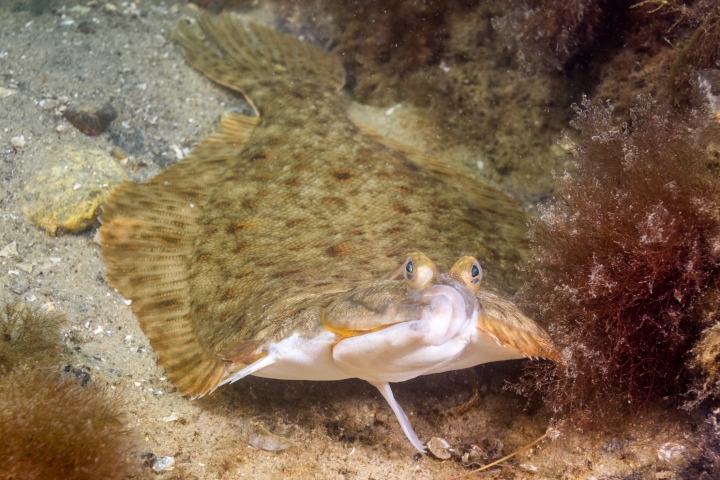
Their strange shape does mean flounder strike a bait a little differently than many other fish, and figuring out how to catch flounder does require keeping a few specifics in mind. These tips will help get a bend in that rod.
- When fishing bait, don’t set the hook when you first feel a nibble. Initially you’ll usually feel a jiggle, but three to five seconds later you’ll feel a series of thumps. That’s the flounder swimming off, which it won’t do until it has the bait all the way into its mouth. Hold back until you feel the thumps, then set the hook.
- When fishing lures, if you wait to set the hook the jig no longer seems alive and the fish will often reject it. So, set the hook the moment you feel a strike. Lots of the time it will be a swing and a miss, but don’t give up hope. If it didn’t feel the sting of a hook, as far as the fish is concerned dinner just got away. Most of the time, it will take another shot. So, after missing a strike just keep jigging. You’ll usually get a follow-up strike within a few moments.
- When you think you’ve snagged bottom play it like a fish. Flounder will often sit still initially after a hook is set, and their body can create suction against mud or sand botto
About us
Boatsetter is the leading online marketplace for boat rentals and on-water experiences. Download the Boatsetter app (App Store | Google Play) and follow us on Instagram.
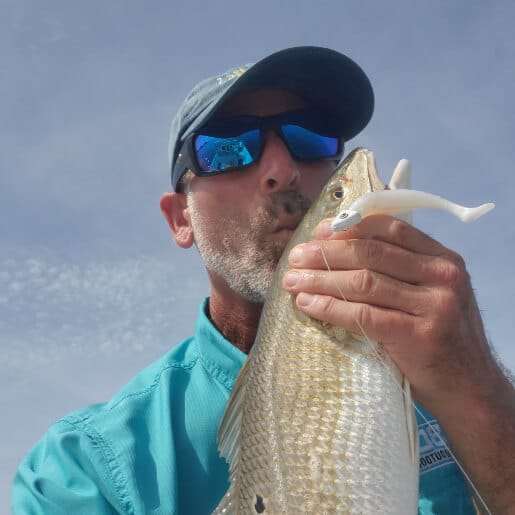
With over three decades of experience in marine journalism, Lenny Rudow has contributed to dozens of boating and fishing publications and websites ranging from BoatU.S. Magazine to BDOutdoors.com. Rudow is currently the Angler in Chief at Rudow’s FishTalk, he is a past president of Boating Writers International (BWI), a graduate of the Westlawn School of Yacht Design, and has won numerous BWI and OWAA writing awards.
